A perennial herb, Pennisetum, also called pinnacle, is a member of the Cereal family. This genus unites 130–150 species. In nature, this plant is mainly found in Africa and South America in temperate zones. The name of this genus was formed from a pair of Latin words, translated as "feather" and "bristle", which is associated with the appearance of the inflorescences. In middle latitudes, such a crop is grown relatively rarely, because it is not highly frost-resistant. But this herb has a rather spectacular appearance, so more and more gardeners and designers are turning their attention to it.
Content
Features of the pennisetum
The herbaceous plant pennisetum tends to form dense tussocks, the height of which varies from 0.15 to 1.3 meters. The length of linear leaf plates collected at the base is about 50 centimeters, and their width is up to 0.5 centimeters. In spring and summer, they have a rich green color, and in autumn they turn yellow. The stems are naked and straight, their surface is rough, and in the lower part it is covered with bristles. Dense inflorescences formed on the stems can be cylindrical or almost unilateral spike-shaped panicles, they are painted in burgundy, pink, white or pale green. The length of the inflorescences can be 3–35 centimeters. Such inflorescences look very impressive due to the presence of a large number of fluffy bristles. The inflorescences consist of two types of flowers, namely: lush bisexual and underdeveloped staminate. Such a plant is vaguely similar to a fountain, due to which it is also called "fountain grass".
Planting pennisetum in open ground
What time to plant
The most popular breeding method for pennisetum in mid-latitudes is seed. The plant is grown through seedlings. Sowing the seeds of the annual pennisetum is carried out in mid-April, for this they use pots or boxes filled with a substrate. Planting seedlings in open soil is carried out in the last days of May.Annuals, if desired, can be sown directly into open soil in early May.
Perennial pennisetum can also be propagated by seed. In order for young bushes to bloom in the current season, they must be sown on seedlings from mid to late February, for this they use peat pots, because such cereals react extremely negatively to the exposure of the root system during the transplantation process. The grown seedlings are planted in the soil directly in these peat cups.
Landing rules
The seeds are evenly distributed over the surface of the previously abundantly moistened soil mixture, then they are pressed into the substrate by a few millimeters. The crops are watered with a spray bottle, and then they are transferred to a well-lit and warm place. The first seedlings will appear after 7 days. They should be provided with artificial lighting, since in February the day is still quite short, and such plants need a lot of light. The planting of mature seedlings in open soil is carried out in the last days of May, after the height of the bushes will be from 10 to 15 centimeters. For planting, you should choose a well-lit and open area. A suitable soil should be nutritious, humus-rich, moist and slightly acidic. Excessively dense, dry or sandy soil is not suitable for growing such a crop.
When planting plants, a distance of 0.6 to 0.8 m should be kept between them. They are planted at the same depth at which they were grown in a container. Such a plant is distinguished by the fact that it grows quite quickly and strongly, while it is able to displace other crops, capturing territories not intended for it. To avoid this, the bushes need to be limited; for this, sheets of metal or old slate must be dug around the perimeter of the site no less than half a meter deep. It should also be borne in mind that such a cereal reproduces well by self-seeding.
Pennisetum garden care
When growing pennisetum in your garden plot, you need to systematically weed and loosen the soil surface near the bushes. Watering is carried out only when there is a long dry period.
When grown in poor soil, top dressing should be carried out regularly once every 4 weeks; for this, a liquid mineral complex fertilizer is used. If the soil at the site is saturated with nutrients, then the cereals do not need to be fed.
This plant reacts extremely negatively to drafts, in this regard, it is recommended to plant it near the walls of buildings that can protect the pennisetum from the wind. The plant also reacts negatively to transplants, but if necessary, it can still be done, while this procedure is recommended to be combined with reproduction by dividing the bush.
Reproduction of pennisetum
It is quite easy to grow a pennisetum on your site. Perennial varietal plants are most often propagated vegetatively by dividing the bush, the fact is that when growing such a plant from seeds, it will not be able to preserve the varietal characteristics of the parent bush. Division is carried out in spring no more than 1 time in 5 years. As the bush matures, its middle loses its spectacular appearance. In this regard, during the division of the bush, it must be cut and burned, while the outer areas are divided into several large parts. Delenki are planted in pre-made holes, and then watered abundantly.
Wintering
If the cultivated variety of Pennisetum is a frost-resistant perennial, then during preparation for winter, its aerial part does not need to be cut, it will become a natural shelter for the root system of the bush. It is recommended to cover the root area for the winter with flown leaves or spruce branches, while the layer should be thick enough. With the onset of spring time, the shelter must be removed, and last year's aboveground part of the bush must be cut off.
Diseases and pests
Pennisetum is very resistant to diseases and pests.
Types and varieties of pennisetum with photos and names
Pennisetum fox-tailed (foxtail) (Pennisetum alopecuroides)
The homeland of this perennial is East Asia and Australia. Even in winter, the inflorescences of this species look very impressive. This plant forms a fairly wide bush, the height of which can vary from 0.4 to 1 m. The narrow leaf plates are colored green in summer and spring, and golden yellow in autumn and winter. Spike-shaped inflorescences outwardly similar to scutes grow on the tops of straight or arcuate stems, they can be colored brownish-red or brownish. This species is quite cold-resistant, so it can withstand temperatures down to minus 5 degrees. In areas with mild and warm winters, it is cultivated as a perennial, while the root zone must be covered for the winter. The following varieties are popular with gardeners:
- Hameln... This variety is the smallest of all that belong to this species. The bush begins to bloom in the year of planting in the last summer weeks.
- Red Head... This variety appeared not so long ago. Very beautiful inflorescences are painted in a smoky red-violet color. They look spectacular in winter against a background of snow.
Pennisetum orientale (Pennisetum orientale)
In the wild, this species is found in the subtropics and tropics of Western and Central Asia, India, Northeast Africa, Transcaucasia and Pakistan, while cereals prefer to grow on pebbles, rocks and talus. Such perennials form turf with a height of 0.15–0.8 m. As a rule, the leaf plates of the bush are folded lengthwise, they reach about 0.4 cm in width. pubescence, represented by rough bristles, reaching 2.7 cm in length. The color of the inflorescences is violet-pink. In middle latitudes, this species is cultivated as an annual because it is characterized by low resistance to frost.
Shaggy pennisetum (Pennisetum villosum)
This perennial plant naturally occurs in East Africa, where it prefers to grow on talus and rocks. The height of the bush varies from 0.3 to 0.6 m. The width of the flat leaf plates is about 0.5 cm. The length of the spike-shaped paniculate inflorescences of golden color is 3-10 centimeters; they have an ovoid or short-cylindrical shape. On the surface of the inflorescences there is a pubescence, consisting of pinnate-hairy setae, reaching 50 mm in length. In middle latitudes, this species is cultivated as an annual. The inflorescences of such a plant are ideal for drawing up dry bouquets.
Pennisetum incomptum
This long-rooted rather aggressive plant is found in nature in China. The height of the bush is about 1.2 m, the leaf plates are painted grayish-green or green. Flowering occurs in June – September. At the beginning of flowering, the flowers are painted in a pale green color, which becomes lighter over time, and then the inflorescences acquire a brownish yellow color. Inflorescences in this species are less effective in comparison with other species. However, it is still quite popular among gardeners, as it is distinguished by early flowering and high frost resistance. Such a cereal can withstand a drop in air temperature to minus 29 degrees. However, there were cases when the bushes could withstand lower temperatures.
Pennisetum bristly (Pennisetum setaceum)
In the wild, the species is found in the subtropics and tropics of Northeast Africa, and also in Arabia on talus and stones. This thermophilic perennial plant is cultivated in mid-latitudes as an annual. The height of the bush varies from 0.7 to 1.3 m.The leaf plates are usually flat, and their width is 0.6 cm.One-sided spike-shaped loose drooping panicle inflorescences, their length varies from 0.15 to 0.35 m. The color of the inflorescences can be pink or purple. Such a cereal blooms in the second half of the summer period. The most popular variety is Rubrum: the color of drooping panicle inflorescences is dark red or pink, they are covered with pinnate-hairy bristles, reaching about 40 mm in length.
Pennisetum blue (Pennisetum glaucum)
Such a dense bush plant has a spectacular appearance, it reaches a height of about 200 cm.The width of burgundy-bronze leaf plates is about 3.5 cm. Popular varieties:
- Purple greatness... The height of the bush is about half a meter. This plant received the AAS gold medal: young foliage is green in color, but over time, under the sun's rays, leaf plates, inflorescences and shoots are painted in dark purple, almost black.
- Purple baron... In the West, this plant is called Fantastic Foliage. While this compact and dense plant is young, it is colored green, but over time it changes to a darker and brighter color than that of Purple Majesty. Also, its foliage is wider and shorter in comparison with the above-described variety.
- Jade Princess, or Jade Princess... The bush reaches a meter height. The color of the leaf plates is lemon green, and its shaggy beautiful inflorescences are painted in a burgundy red hue.
Pennisetum in landscape design
Ornamental cereals, including pennisetum, are quite popular in landscape design and landscaping, while they are used both in landscape style and in ordinary planting. The fox-tailed pennisetum is most often used to create a landscape composition, and it plays the role of a large vegetative accent. Against the background of pennisetum in water compositions, such undersized plants look good as: kotula and marigold.
In an ordinary planting, this culture is suitable for creating a curb. Thanks to this framing, the paths grown on the lawn or in the flower garden of the crop look very impressive. With such a plant, they create beautiful rocky compositions that look very natural, while the foliage of the pennisetum creates a bright accent. In this composition, you can also include plants typical for mountainous areas, for example: rejuvenated, Byzantine chisel, lavender, stone rose or gray fescue.
This plant is suitable for continuous flowering compositions and for mixborders because it has a high decorative effect that changes over time. This plant is also suitable for creating a mono-composition. To do this, it is recommended to plant various types and varieties of such a culture on one site, which will differ in the color of the inflorescences and foliage.


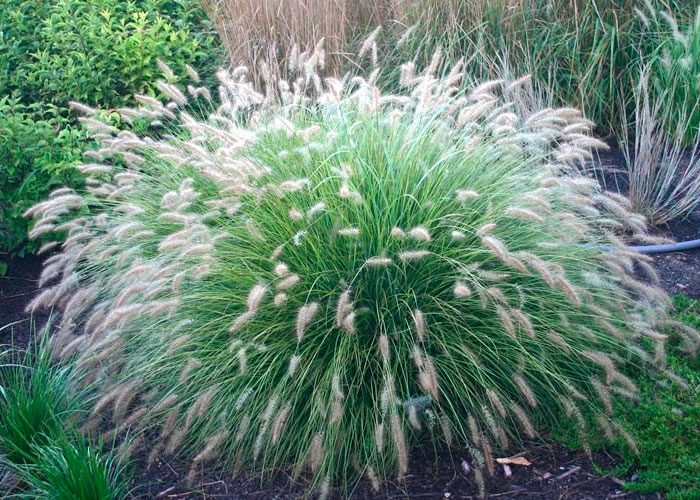
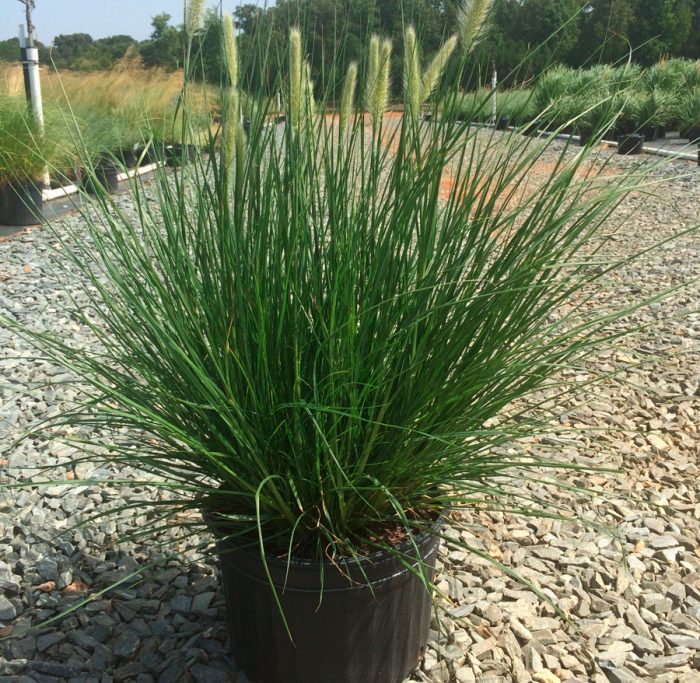
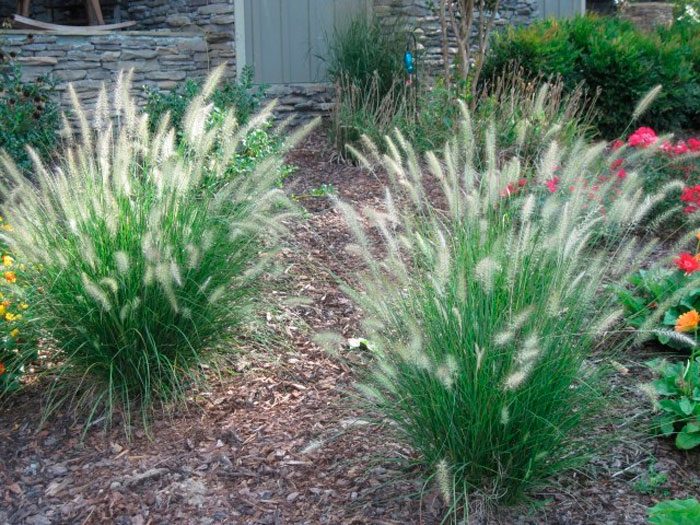
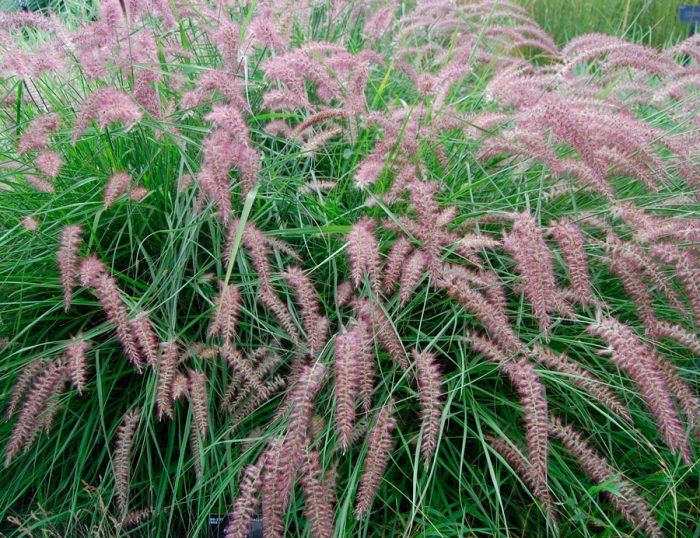
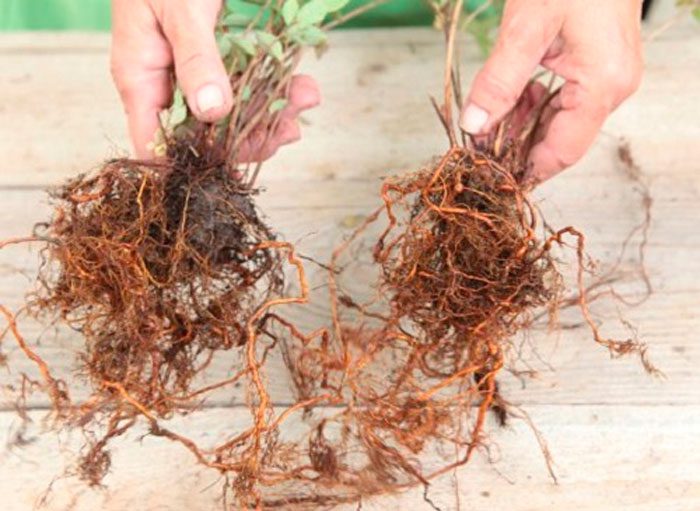
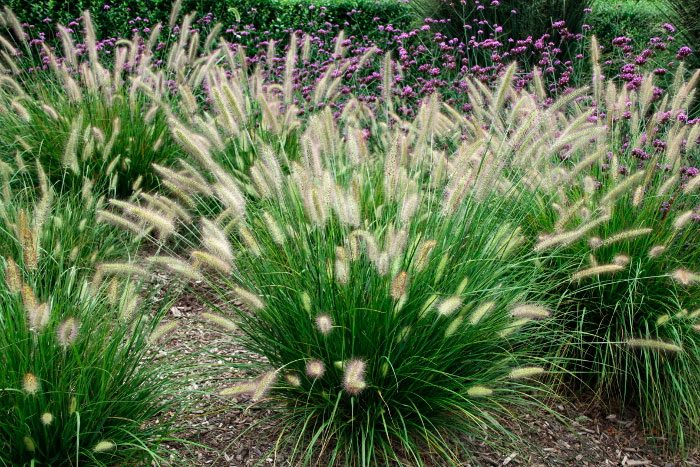
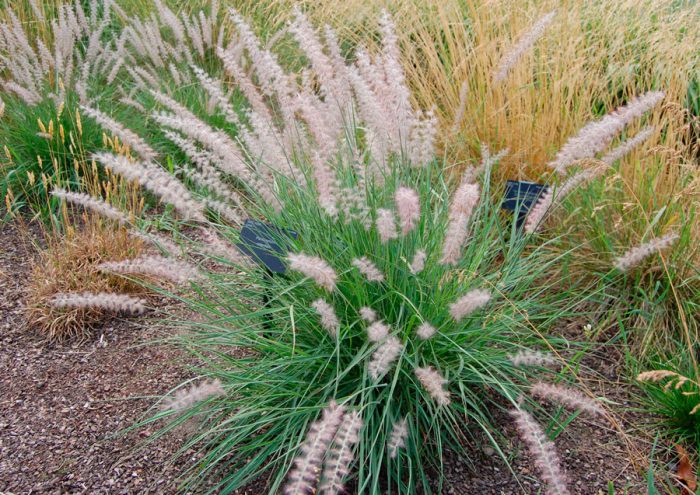
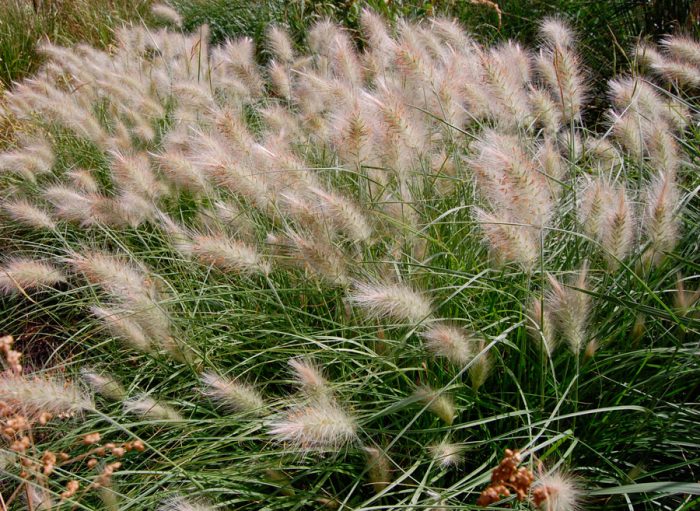
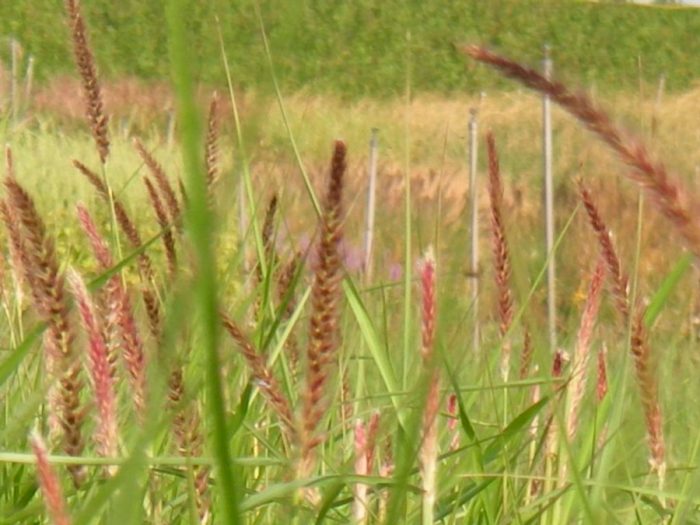
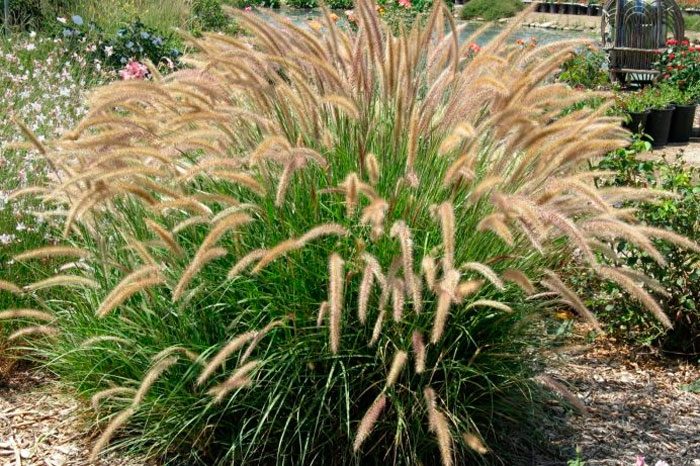
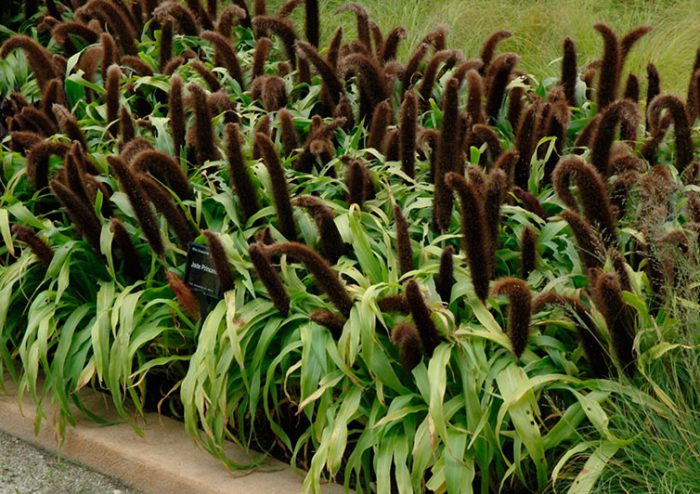
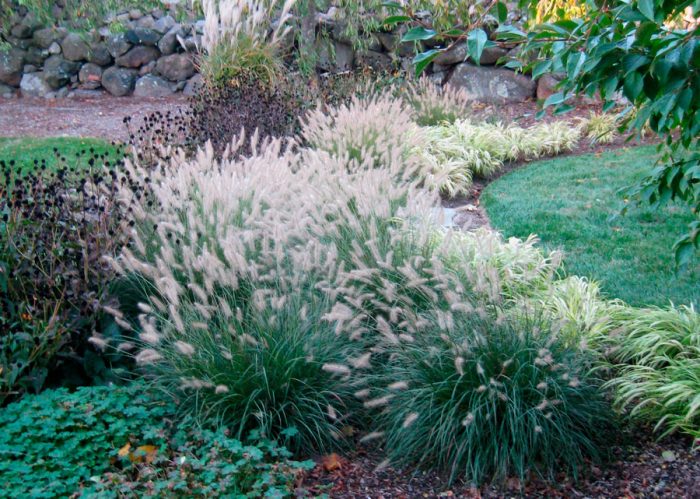






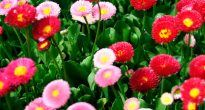

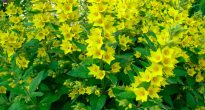

An interesting article, meaningful. Thanks for the info.
Thanks for the article 🙂 very informative. Enjoyed reading